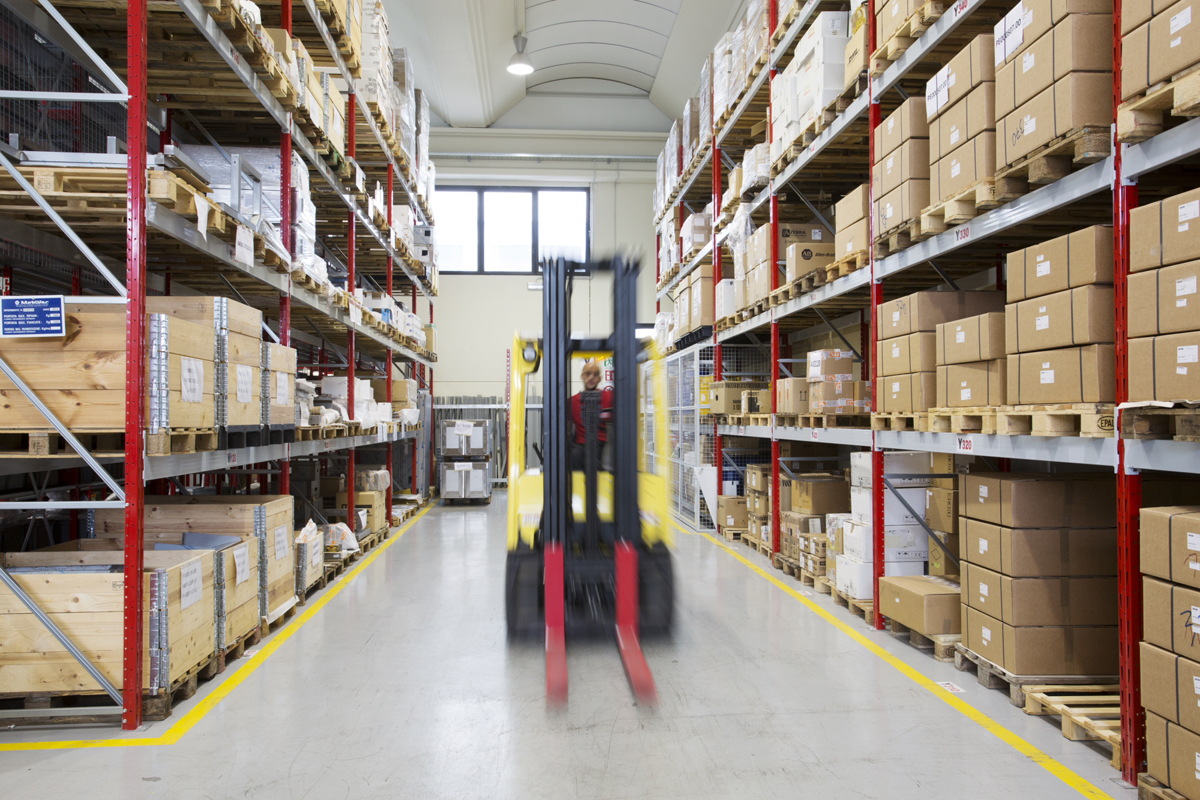
Collaboration between Ferring Pharmaceuticals and Antares Vision Group continues with a new testing and validation software and a better supply of spare parts.
Travagliato (Brescia), September 13, 2023. The collaboration, born in 2015, between Ferring Pharmaceuticals, a leader in reproductive medicine, maternal health, and specialist areas within gastroenterology and urology, and Antares Vision Group, a technological partner in digitalization of products and supply chains for companies and institutions, and a leader in traceability and inspection for quality control, continues. After an initial approach following the entry into force of the serialization regulations, Ferring Group currently uses Antares Vision Group solutions on 23 lines in plants in Switzerland, the United States, China, the Czech Republic, Israel, Scotland and Indonesia.
Thanks to the collaboration with Antares Vision Group, Ferring Group has significantly reduced procurement times for spare parts with integrated supply chain processes that always ensure the availability of the minimum quantity in stock, increasing the efficiency of maintenance operations. For spare parts, it is a reduction of over 90% in procurement times.
“This is one of the main benefits originating from the collaboration with Antares Vision Group started in 2015,” states Fernando Monteiro, Global OT Applications Senior Manager at Ferring Pharmaceuticals Group. “We went through challenging times in a growing serialization world. Regulations have been evolving over the years, impacting our production planning, sometimes making it more complex.”
Ferring Pharmaceuticals and Antares Vision Group have jointly developed customized solutions to improve maintenance operations. In particular, since many Ferring sites use the same components — which is convenient considering that having different spare parts at each site would be extremely costly — and a shortage of stocks would jeopardize business continuity, Antares Vision Group and Ferring have put in place a list of spare parts capable of covering the needs of the various plants involved. These components are in stock at the Antares Vision Group headquarters in Italy, available to be shipped worldwide at any time.
Due to the robust international agreement and exceptional collaboration between the two firms, Ferring Pharmaceuticals has seamlessly met specific requests, consistently ensuring adherence to the regulatory standards of every country they serve.
Furthermore, Ferring Pharmaceuticals has increased the level of efficiency of the production process during ordinary maintenance operations, not only by increasing the availability of spare parts, but also by adopting new solution for testing and qualifications to maintain operational continuity at the highest levels also in case of new releases and software updates.
To facilitate testing and qualification, a solution was developed that combines both hardware and software and replicates the functionality of Ferring’s production lines. This system can simulate operations in non-production settings such as offices and labs, making validation more accessible. Operating offline and without real packaging material, it enables comprehensive testing without disrupting actual production timelines.
“Our collaboration with Ferring Pharmaceuticals has evolved since the beginning following the needs and requirements of the customer,” concludes Mattia Assanelli, Service Director of Antares Vision Group. “By paying attention to regulatory developments and deepening the knowledge of the processes of the different Ferring sites, we have been able to improve production and maintenance efficiency, with a drastic reduction in spare parts procurement times and with a system that tests software updates, excluding the risk of line downtime.”
About Antares Vision Group
Antares Vision Group is driving digitalization of products and supply chains by leading traceability, inspection, and integrated data management. AV Group helps companies and institutions to achieve safety, quality, efficiency, and sustainability, enabling Trustparency®.
DIAMIND, AV Group’s integrated ecosystem of solutions, simplifies the technology environment and supports businesses growth by enabling a data-driven and tailored journey to digital innovation. Connecting physical products with digital identities, DIAMIND runs at the line, factory, warehouse, enterprise, and supply chain levels, and guarantees product quality (inspection systems and equipment) and end-to-end traceability (from raw materials to production, from distribution to the consumer and back) through integrated data management, applying artificial intelligence and potentially blockchain.
AV Group operates in the Life Science (pharmaceuticals, medical devices, and hospitals), Beverage, Food, Cosmetics, Chemicals, and Packaging industries and potentially many others.
AV Group has been listed in STAR segment of Euronext since 14 May 2021 and has been included in the Euronext Tech Leaders index, dedicated to leading tech companies with high growth potential, since July 2022.
In 2022, Antares Vision Group recorded a turnover of €223 million. The Group operates in 60 countries, employs more than 1,100 people, and has a consolidated network of over 40 international partners. www.antaresvisiongroup.com
About Ferring Pharmaceuticals
Ferring Pharmaceuticals is a research-driven, specialty biopharmaceutical group committed to helping people around the world build families and live better lives. Headquartered in Saint-Prex, Switzerland, Ferring is a leader in reproductive medicine and maternal health, and in specialty areas within gastroenterology and urology. Ferring has been developing treatments for mothers and babies for over 50 years and has a portfolio covering treatments from conception to birth. Founded in 1950, privately-owned Ferring employs over 7,000 people worldwide. The company has operating subsidiaries in more than 50 countries and markets its products in over 100 countries.
Contacts for more information:
Raffaella Mora | PR Specialist Antares Vision Group
raffaella.mora@partner.antaresvision.com
+39 349 0709470
Press Office
Soluzione Group S.R.L. – Via F. Lana, 1 – 25020 Flero (BS) – Italy
T: +39 030 3539159
Giusy Martin | Cell. +39 3881681168
martin@soluzionegroup.com
Antares Vision S.p.A.
Via del Ferro, 16 – 25039 Travagliato (BS) – Italy
T: +39 030 7283500
info@antaresvision.com – www.antaresvisiongroup.com




